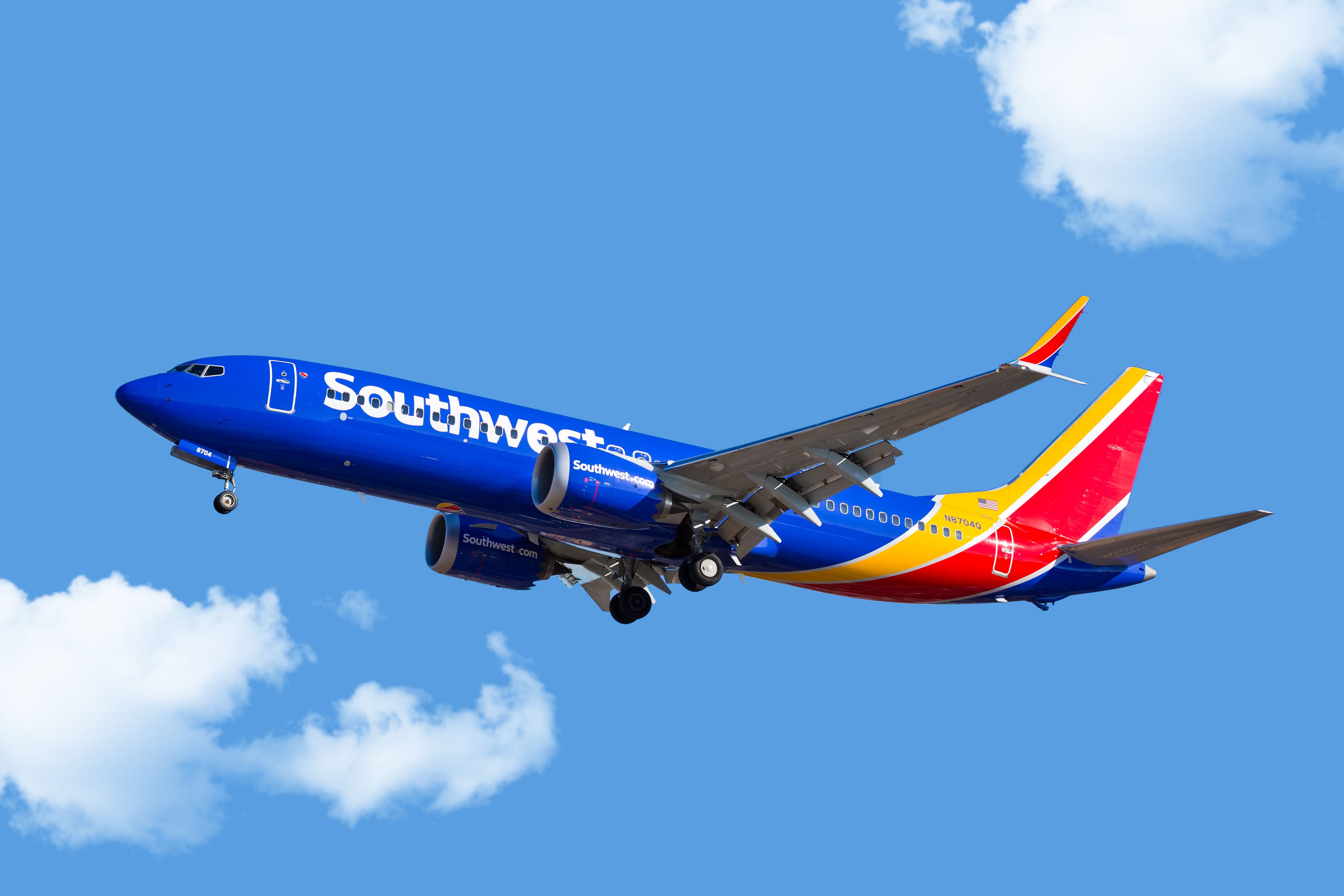Summary Low-cost carriers hold around a third of US airline capacity, with a 34% share. LCCs in the US on the rise post-pandemic, ULCCs growing from 6% to 11%. Globally, LCCs operate 30% of scheduled flights, 15% of airlines, four in the top 10 are LCCs.
Low-cost carriers (LCC) are the airlines passengers around the world love to hate. In 2024, LCC carriers will account for around 34% of the US airline capacity, with legacy airlines accounting for the other 66%. A new OAG report sheds light on LCC carriers both in the US and internationally, together with the industry trends.

Note that some carriers are not truly binary LCC or full-service (e.g. Southwest is considered a hybrid that pioneered the LCC model ).
Some US-based low-cost carriers are even introducing premium options in their cabins . Low cost carriers account for around a third of the US airline capacity The United States is right around the global average in terms of the share of LCC capacity and legacy airline capacity. Since the Covid pandemic, LCCs have increased their global share capacity by 13%, while legacy airlines have not yet fully recovered to pre-pandemic levels.
At the same time, Ultra-Low-Cost-Carriers (ULCC) in the United States have seen their share rise from 6% in 2015 to 11% in 2023 (Allegiant, Frontier Airlines, and Breeze are examples of ULCCs). At 34% capacity share, the US is similar to Germany (with a 69/31 legacy/low-cost share). Low-cost carriers are popular in India (with a 71% share), Indonesia (with a 64% share), and Brazil (with a 58% share).
However, they do not command large shares in East Asia, where they account for only 12% of China's and 22% of Japan's capacity share (due to a range of factors, including regulatory structures and available airport capacity). Globally, LCCs account for around a third of all scheduled airline seats in a week and operate 30% of all scheduled flights around the world. They have been the fastest-growing sector in the aviation industry in recent years.
However, despite accounting for a third of all airline seats, LCC airlines only account for 114 airlines (out of the 741 airlines operating flights weekly). This means that LCCs are just 15% of all airlines and are larger than the average airline. Four of the world's top ten largest airlines are LCCs (Ryanair, Southwest, Indigo, easyJet).
There are bigger differences than people may realize. The Low-Cost business model Passengers have a love-hate relationship with LCCs. On the one hand, passengers often boast about how cheaply they managed to book the flight, but on the other hand, they complain about the bad service and the many extra fees.
LCC operates simple and efficient models . They typically operate just one type of aircraft, operate the aircraft with the maximum number of seats, fly the aircraft for as much as possible each day, and charge for additional services (like baggage, preferred seating, and snacks). They will often operate from secondary airports that are further away from the city center.
Some, like Ryanair, sometimes deliberately stir the pot with their customers, reinforcing the point that they are the cheapest, and that's the only reason people choose to fly with them..



















